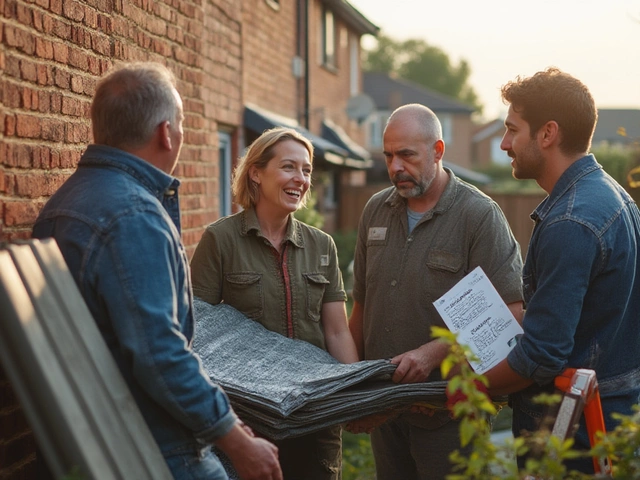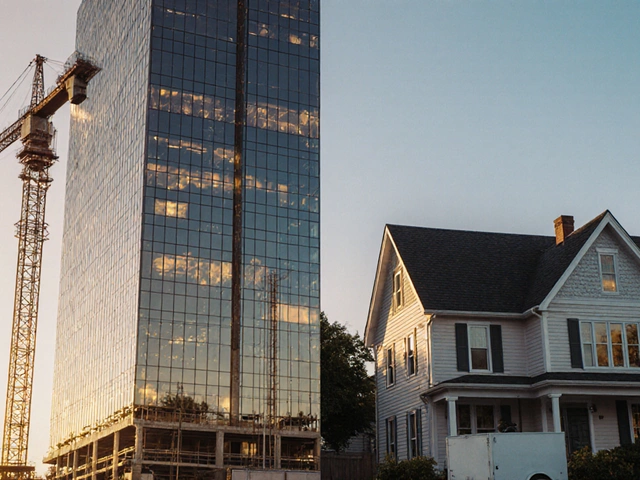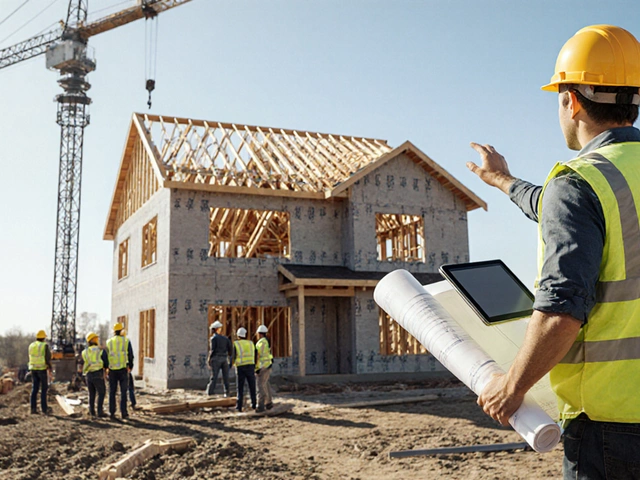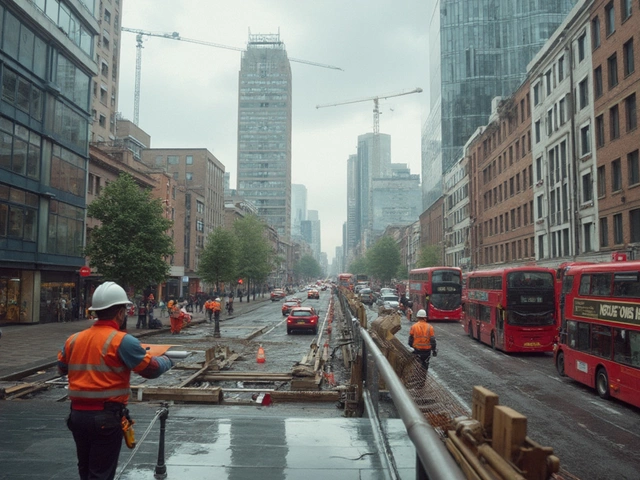Housing Market Insights: What Buyers and Builders Need to Know Now
Did you know the average UK home price rose by 6% in the last 12 months? That jump isn’t random – it reflects tighter land supply, rising material costs, and shifting buyer priorities. If you’re thinking about buying, selling, or starting a new build, you need to understand the forces that are moving the market today.
Current Trends Shaping Prices
First off, material prices are still higher than pre‑pandemic levels. Limestone, concrete and steel have all seen double‑digit hikes, mainly because quarry output can’t keep up with demand. That means new‑build developers are passing those costs onto buyers, pushing sale prices up.
Second, mortgage rates have nudged higher after a long low‑rate era. Even a half‑point increase can shrink borrowing power, forcing some buyers to look for smaller homes or move to areas with cheaper land. As a result, regional markets are diverging – some towns see price stagnation while London‑adjacent zones keep climbing.
Third, sustainability is no longer a buzzword. Energy‑efficient homes with good insulation, airtight foundations and low‑emission roofing are fetching premium offers. Buyers are willing to pay more for a house that promises lower bills and a greener footprint.
Building Smart in a Shifting Market
If you’re a developer or a DIY enthusiast, focus on foundations that last. A solid limestone base can reduce future settlement issues, which in turn protects resale value. Skipping proper drainage or using sub‑par mix may save money now but could cost you thousands later when cracks appear.
Roofing choices also matter. While cheap shingles look tempting, they often need replacement within a decade, eroding profit margins. Investing in durable metal or slate roofs may raise upfront costs but provides a longer lifespan and better resale appeal.
When planning a new build, run a quick cost‑benefit check: compare the price of a fully finished home versus a shell where you add kitchen, bathroom and finishing touches yourself. Many owners find that a “dry‑fit” kitchen approach saves time and reduces errors, especially if you hire a specialist who knows how to sequence plumbing, cabinets and electrical work efficiently.
Don’t forget the smaller details that boost value. A well‑designed garden or a professional landscaper’s touch can add up to 10% to a property’s market price. Simple upgrades like energy‑efficient windows, proper insulation, and a balanced roof pitch also make a property more attractive to mortgage lenders and eco‑conscious buyers.
Finally, keep an eye on local planning policies. Changes in zoning or permitted building heights can open up new opportunities or shut down a project overnight. Stay in touch with the council, and if you spot a forthcoming change, you may be able to secure land before the price spikes.
In short, the housing market is a moving target, but you can stay ahead by watching material costs, mortgage trends, and sustainability demands. Build with quality foundations, choose long‑lasting roofing, and add smart finishes – and you’ll be ready no matter which way the market swings.
What is a New Build Home and Why Should You Consider One?
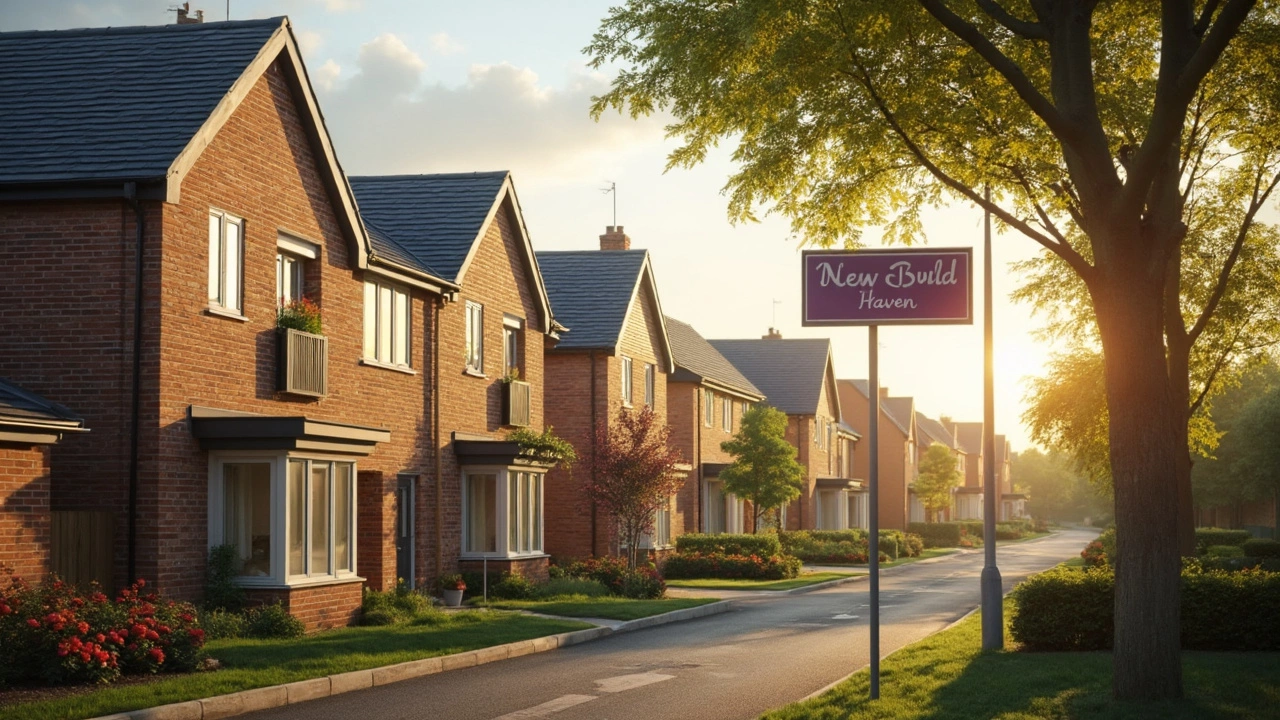
Exploring what constitutes a new build home can be eye-opening, especially if you're in the market for a fresh start. Typically, a new build home is any residential property that has never been lived in and is newly constructed. These homes often come with modern design elements, energy-efficient features, and builder warranties. This article delves into the essential traits of a new build home, the benefits of investing in one, and essential tips for prospective buyers.
read more